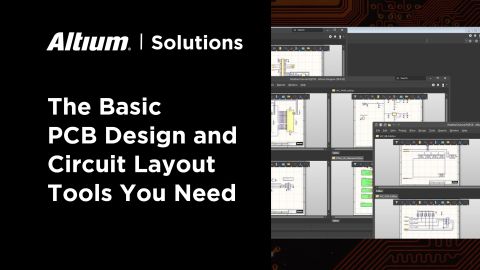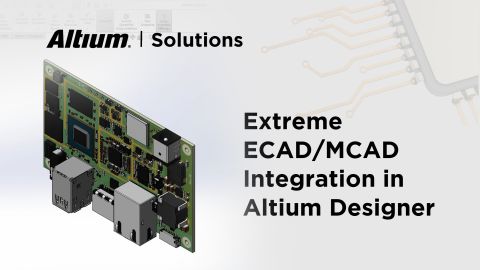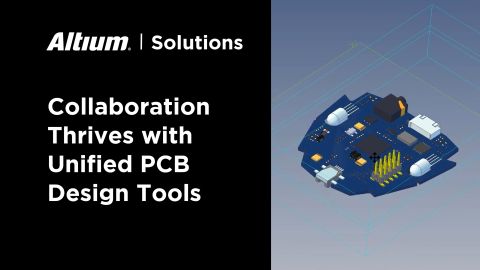What Makes a PCB Enclosure Rugged?

The products you buy off-the-shelf or over the web all live inside an enclosure. For some products, the enclosure is intentionally ruggedized, with the goal of withstanding some harsh environment or a mechanical shock.
So what exactly makes an enclosure rugged? I’ve compiled some examples from military computing and industrial systems. When those folks say something is rugged, they really mean rugged! So if you want to get some ideas for ruggedizing your own product follow these examples.
What Makes an Enclosure Rugged?
Rugged electronic enclosures have some common characteristics that allow the to withstand heat, liquids, vibration, corrosion, and shock:
- They are usually built from extruded aluminum
- Connector interfaces are sealed
- The connector styles include locking and retention
- They are sealed in some way to prevent ingress
- They include mounting posts and fastener holes that fix the PCB in place
- The enclosure may need to support vertical board stacks
Take a look at the example below. This enclosure includes a rugged embedded computing system, it is built from extruded aluminum and includes many industrial connector styles that can withstand heat, mechanical damage, and high voltages. These enclosures are not available off-the-shelf, they are custom designed to fit the PCB and connectors, including mounting points on the PCB.

If you peel open one of these enclosures, it might look like the image below. Here we have a stack of boards that are secured with standoffs and fastened directly to the bottom of the ensure. The sides of the enclosure would then accept the mating piece and hold it in place with screws/bolts. The mating piece can also have openings for panel-mount connectors.

The Enclosure Is the Heatsink
Rugged enclosures are sometimes used for devices that generate a lot of heat, but they can’t incorporate a fan for cooling. This is where a heat sink would be needed to help keep components cool. If the board is bonded directly to the enclosure, then the enclosure can be used as a large heat sink. This bonding can be done with a standard thermal pad and fasteners directly to the enclosure.
To incorporate heat sinking into the enclosure, the best way is to use a large metal enclosure and build fins onto the top. This basically makes an entire surface of the enclosure into a large heat sink. Thermal simulations are important in this kind of enclosure; in some cases these enclosures are required to have a maximum temperature limit at full power usage, such as being cool enough for a human to touch.

IP Ratings
Once the enclosure has been built and it is ready for testing, one important point is the product’s ingress protection rating, or IP rating. The IP rating for an enclosure determines the level of solid debris ingress or moisture ingress that is observed in certain conditions. The “waterproof” classification you will sometimes see in electronic devices is based on these IP rating categories.

So, which IP rating should your enclosure target and how do you get there? Mechanical engineers who work on enclosure design will need to take the lead on designing for a particular IP rating. Fortunately, PCB designers can collaborate directly with MCAD users with a plugin, learn more here.
Don’t Forget the Connectors!
An enclosure that needs to withstand dust, liquids, or moisture is only as safe as its connectors. The connectors used for an enclosure also have IP ratings, and the IP ratings on your connectors should match the overall rating you want for the product. If you want, you could over-design the connector interface by selecting a higher IP value, but you should note that the rating for the product will default to the lowest rating among your enclosure’s components.

Interfaces like Ethernet and USB have rugged versions of the standard connectors. With custom cable assemblies or harnesses, a connector manufacturer should be used to build a custom connector body that can give the required IP rating. Alternatively you can find standardized industrial connectors with high IP ratings and design your own pinout for the cabling.
Thankfully, you don’t have to guess at the form and fit of your PCB in a rugged enclosure. Mechanical and electrical designers can work together seamlessly with the ECAD and MCAD collaboration features in Altium Designer®. To implement collaboration in today’s cross-disciplinary environment, innovative companies are using the Altium 365™ platform to easily share design data and put projects into manufacturing.
We have only scratched the surface of what’s possible with Altium Designer on Altium 365. Start your free trial of Altium Designer + Altium 365 today.










